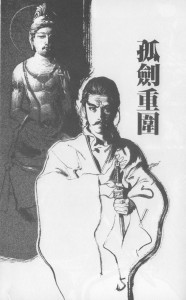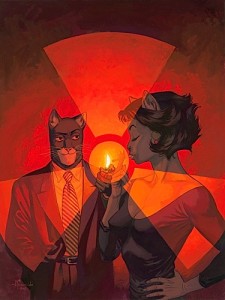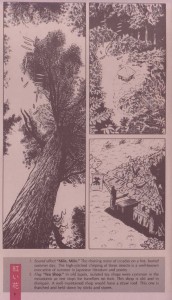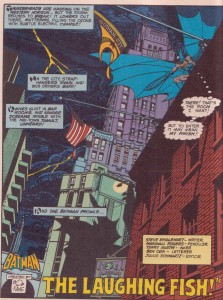Once again, Alan, thanks for taking the time to write
your essay and fully articulate the pleasures of Crumb’s adaptation.I have a number of minor disagreements about which I won’t go into much detail since it would merely be a reiteration of my previous discussions with Ken and yourself. In this particular response, my disagreements have less to do with Crumb’s
Genesis than with our differing approaches to the comic and comics criticism in general.
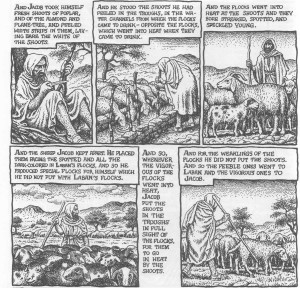
There is, for instance, the flawed understanding that the “tendency of modern biblical scholarship to pull apart narrative threads has been disintegrative to the religious sense of the Bible as a unified, divinely inspired whole.” I’m afraid that quite the opposite is the case and no person (of a serious intent) who has read a good commentary would tell you otherwise. Just as scholarship enriches the experience of any dense literary text, so too does it refine our understanding of the Bible and Genesis. The best commentaries provide the context which you lament as being lost to modern readers: historical setting, social mores, linguistic complexities and turns of phrase. The “remoteness” of this text, which is well hidden by many modern translations, is precisely what scholarship brings forth and elucidates. The “detective work” which Crumb engages in has been done many times over and with far greater ability. But I doubt if this is the real area of disagreement between us. More likely, you find this journey of discovery exceptionally fruitful, while I for the most part do not, if only because I have already experienced it.
Continue reading →

